Every bicycle tourist has what I call their ‘foundation gear’, essential pieces of kit upon which they build their survival, comfort and ultimately their experience. All riders shape these foundations in very personal ways, molding them to suit their individual preferences. The bike itself stands apart, this is not gear, it is necessary, akin to the earth from which foundations are dug. It is from this compulsory base that the personal gear mound grows as a potentially expensive combination of tents, stoves, sleeping bags, water purifiers, etc. The balance between comfort on the bike (i.e. load weight and balance) and comfort in life happens to be something particular to every individual.
I often poor scorn on cyclists carrying certain luxuries but at the same time recognize my hypocrisy. Personally I’d never leave home without my thermos flask and insulated mug, two definite luxuries. Hot drinks, namely tea and coffee, are essential to my morale, just as a particular selection of clothing options or, dare I say, a pillow maybe essential to someone else. Although my love for hot caffeinated beverages doesn’t stretch to the same extremes as an English couple I recently encountered who carry an electric kettle, it can still influence the routes I ride.

Route from Sihuas south to Huaraz… click here to view the fully interactive map and elevation profile
On the way over to Sihuas my once trusty Primus Omnifuel stove finally spluttered its last flames. For months I have cleaned, scraped and nurtured the last vestiges of life out of this tiny companion. But on a cold windy mountainside just south of Conchucos it finally gave up, leaving me stranded with food supplies I couldn’t cook and coffee I couldn’t brew. Tough times! Not really, but it did prompt me to change my route through Ancash to Huaraz. My plan had been to head south out of Sihuas, keeping to smaller roads through Pomabamba before heading over the Cordillera Blanca on the 4,800 m Punta Olimpica pass. But the thought of staying high and cold without a stove prompted me to redirect down onto Highway 3N and through the heat of the Cañón del Pato. A route popular with cycle tourists, riding the canyon involves negotiating it’s 30 or so tunnels, an interesting burst of features at the start of an otherwise dull pump onward to Huaraz. There are plenty of merits to this route but after the solitary delights of my previous weeks riding, for me these were utility miles. However, even utility miles can be picturesque…
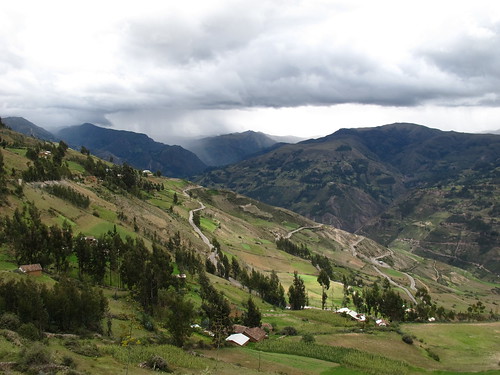
As switchbacks carry me up I watch clouds gather and rain start to batter the mountains I’d pedaled through the previous day
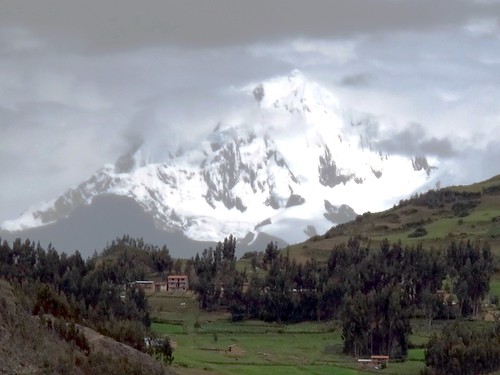
It’s not the most inspiring of climbs… but my interest peaks when this enormous mountain reveals itself on the southern horizon
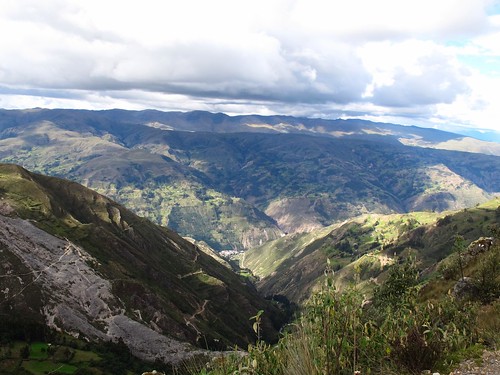
After several false summits I’m finally approaching the pass, Sihuas already a distant memory snuggled down in the sunny valley below
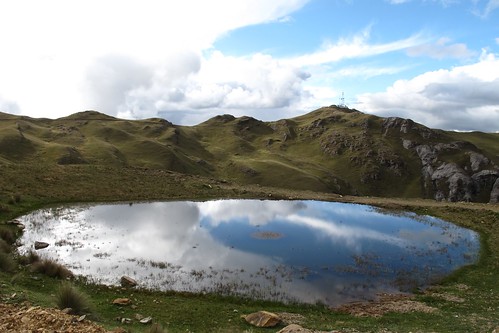
The pass is on a broad plateau, a perfect place to camp if it wasn’t for the frigid temperatures and biting wind

Not far down from the pass I chance upon this cosy little shack, my home for the night. The next morning things look very different…
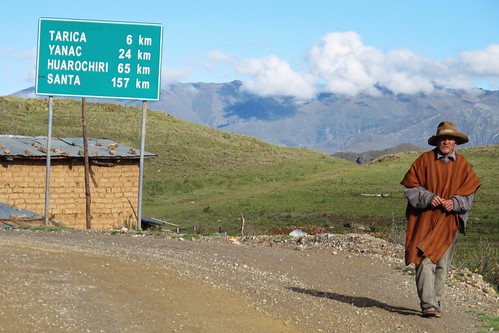
Having considered forging on through the rain to Yanac the previous evening I’m pleased I didn’t when it’s revealed just how far short I was
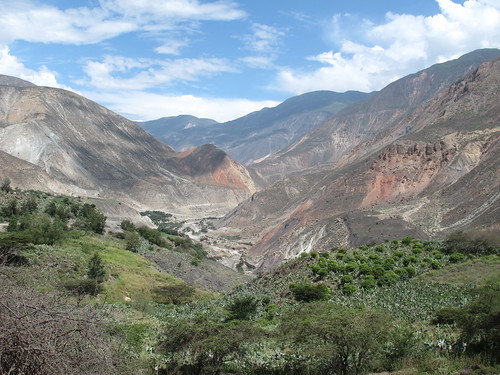
The Rio Santa becomes visible in the canyon below, a slither of water beneath swathes of cacti and dry rocky slopes

Upon reaching the river I take a moment to bask in the baking sunshine. The freezing conditions of the previous afternoon feel more than a million miles away

Maintained primarily to service workers from nearby mines and the hydro-electric plant upriver, Huallanca houses all the utilities a sweat-stained cyclist needs for a comfortable night
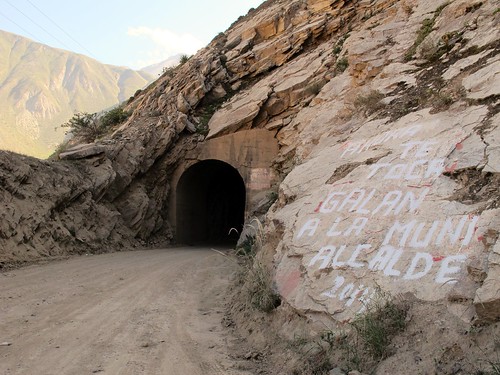
From Huallanca it’s a short bounce up into the Cañón del Pato. I’m soon approaching the first of its numerous tunnels
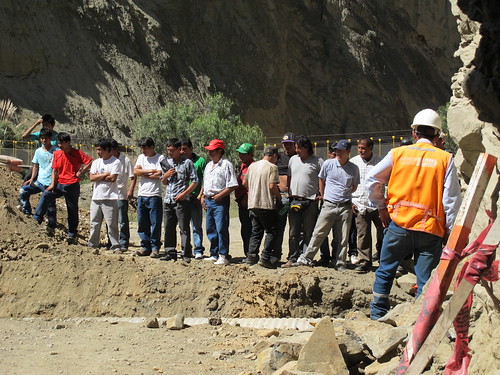
As the local men marvel at the construction works I sink back into a tunnel for two hours reading and bike maintenance

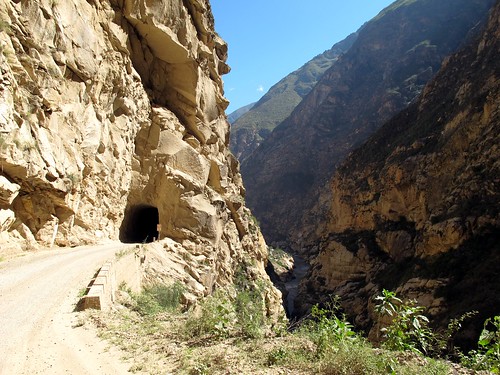
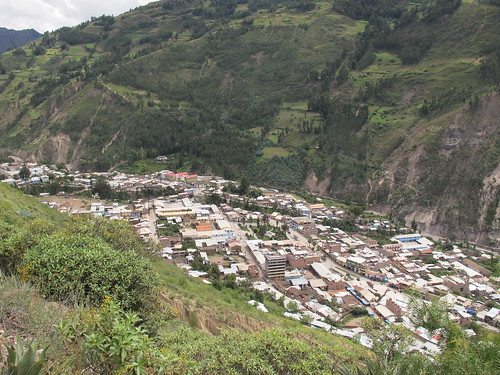
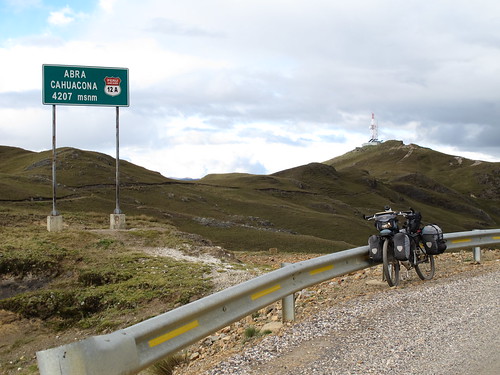

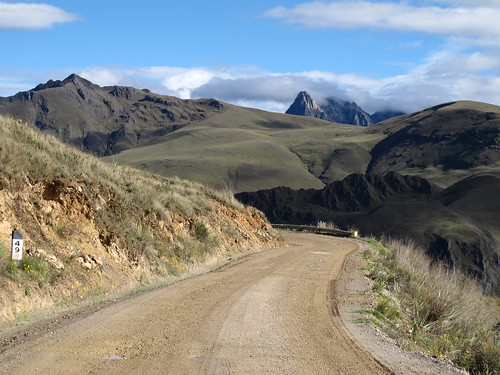

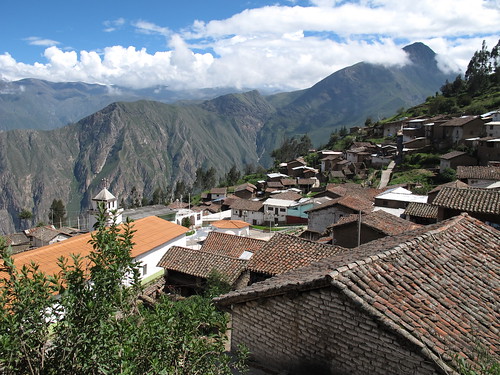

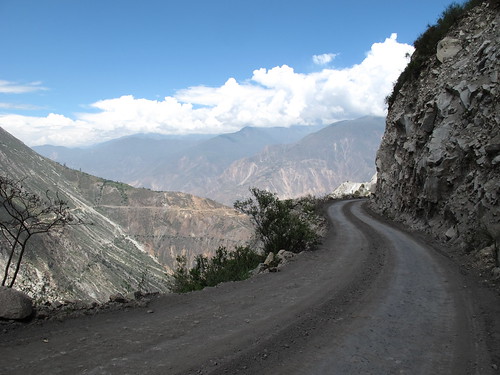

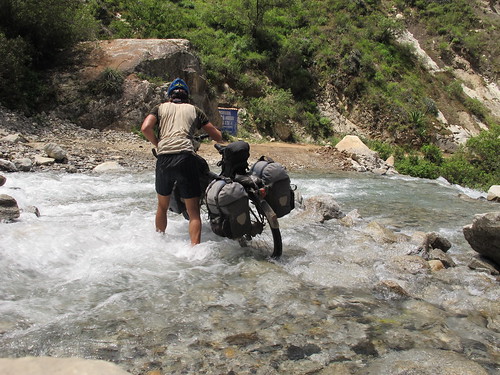
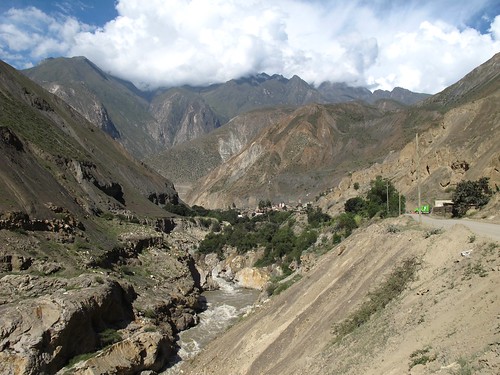

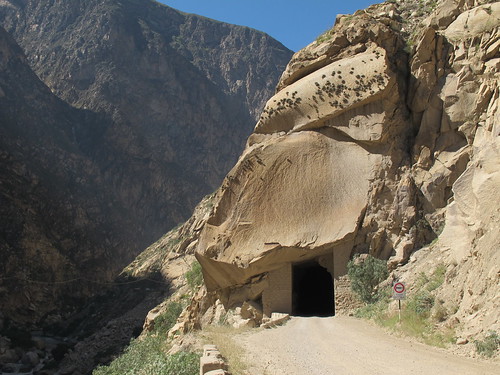



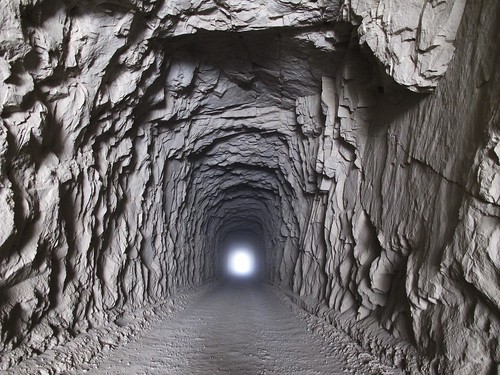

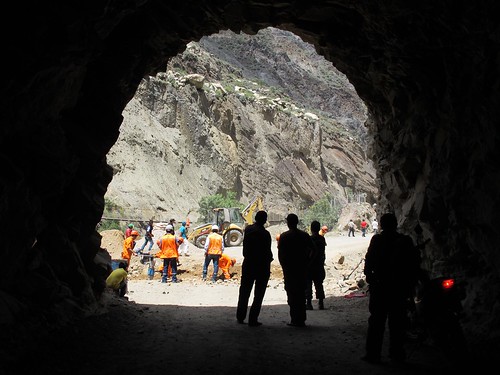
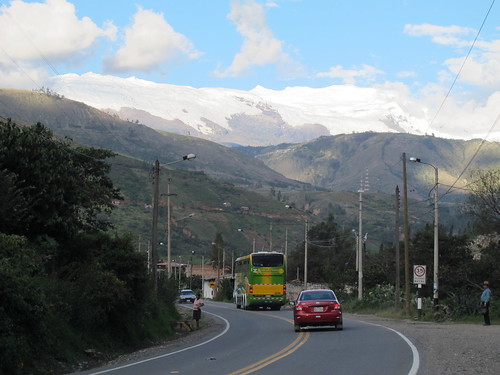
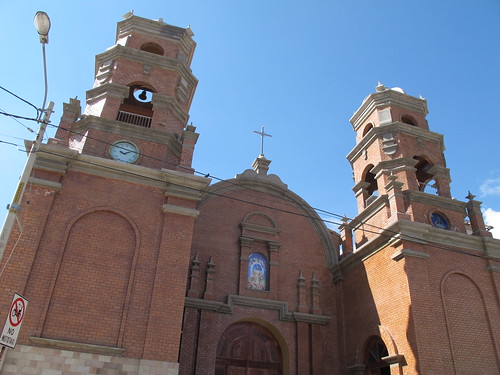
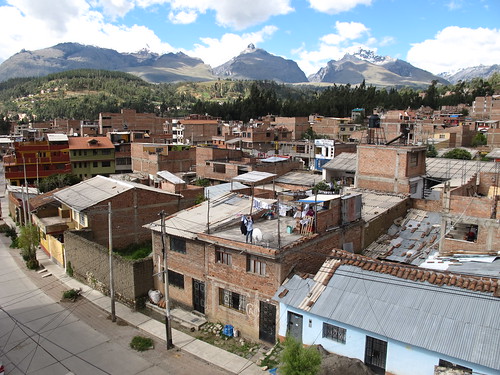
Thank you so much for posting your adventures!!
Lovely pictures of mountains and tunnels!